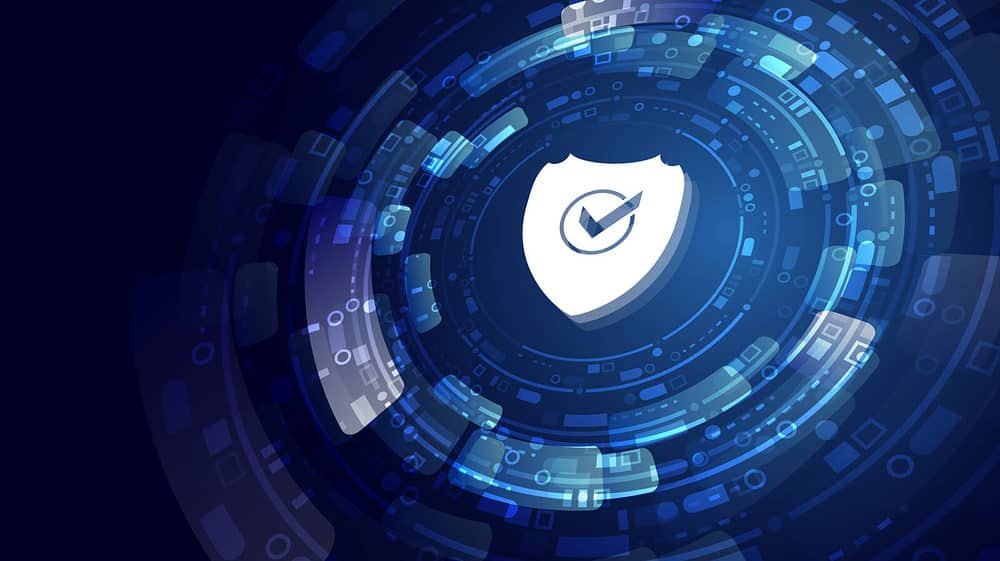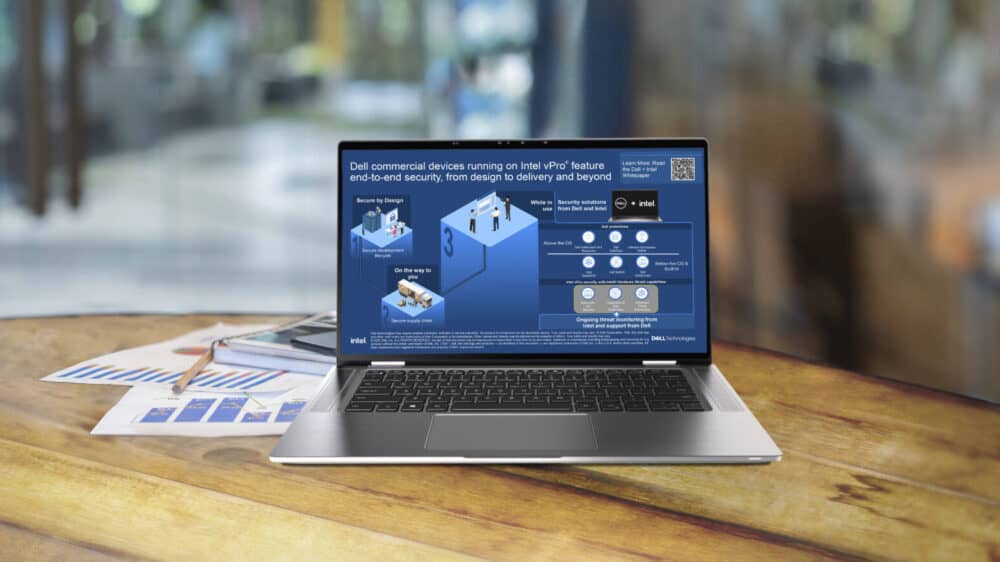Cyberattacks are on the rise, and they’re growing in sophistication. At the same time, enterprises face increased global regulations, and the overall cost of doing business continues to climb. In this challenging environment, maintaining a strong security posture is a major challenge.
For a secure foundation, organizations must begin with safe devices. Dell and Intel discussed the importance of hardware and firmware protections in a recent Twitter Spaces event. Here are a few highlights from that discussion. (Listen to the full replay here.)
Today’s Threat Landscape
As we’ve learned over the past year, cyberattacks have been steadily growing and evolving, with remote and hybrid work creating new vulnerabilities for malicious parties to exploit. In fact, in 2021, there were some 5,200 confirmed data breaches, 1.3 times more than the prior year’s incidents, according to the latest Verizon Data Breach Investigations Report. The financial and the reputational costs of these breaches are high, with one incident potentially costing an organization millions of dollars. Not only are the payoffs huge, advancing technology has made it easier for attackers to act. Today, hackers can easily access ransomware-as-a-service on the dark web and put it to criminal use with minimal cyber expertise. What’s more, organizations report that data loss prevention is more challenging with a remote workforce, with 48% of employees saying they’re less likely to follow safe data practices when working from home.
Given these factors, at this point, security breaches are inevitable, and organizations need to plan for the worst-case scenario. “IT is tasked with the difficult responsibility of managing user productivity amid today’s need for enhanced security,” says Nivedita Aggarwal, Security Architect at Intel. “It’s clear that software security alone is insufficient when it comes to warding off these more sophisticated attacks.”
Exploring a Zero Trust Approach
As organizations increasingly embrace a cloud-based environment, many are looking to Zero Trust to replace traditional security models. A new way of thinking about security, Zero Trust replaces implicit trust, flipping the paradigm to give organizations explicit control of the IT environment. It leverages several fundamental ideas that most security practitioners already apply every day, including:
• Define what can be accessed and by whom
• Assume attackers are already “in” and may be masquerading as someone else
• Determine whether something or someone can be trusted
“Zero Trust is the buzzword of the day in security, but it doesn’t have to be,” says Rick Martinez, Fellow and Vice President in the Office of the CTO at Dell Technologies. “Customers are looking to cut through the noise and figure out what they really need to do to secure their business, their data, and infrastructure for the long-term.”
The bottom-line: software alone is not enough to defend against emerging threats. Enterprises must leverage built-in, hardware-based security capabilities to help defend against the most advanced threats. This means implementing solutions with the ability to determine the trustworthiness of a device or user.
Many organizations are well on their way to taking this important approach. Some 60% of organizations will embrace Zero Trust as a starting point for security by 2025, according to Gartner. Those with hardware and software solutions working in concert are best positioned to create a truly modern, Zero Trust-ready IT environment.
Making a Modern, Zero Trust-Ready IT Environment
Dell and Intel have a decades-long relationship founded on a commitment to keeping the business world secure. Together they are working to simplify security and improve customers’ cyber resilience with commercial devices that help create a modern, Zero Trust-ready IT environment.
“Zero Trust principles are applied in how we architect and design our System on Chip all the way up to the software in the stack,” says Intel’s Aggarwal.
Similarly, Dell applies these principles during the design and development of its commercial PCs. “Customers are concerned with their existing infrastructure, and we can’t look at Zero Trust as a greenfield solution,” says Dell’s Martinez, explaining that by using Dell commercial PCs, much of what customers need in order to enable Zero Trust is already in their environment.
The Bottom Line
Amid the evolving workplace and ever-rising cyberattacks, today’s IT leaders can improve overall resilience to threats by prioritizing built-in, hardware-based security technologies during purchase and procurement. Successful leaders will be the ones who adopt a Zero Trust approach in their security programs and deploy Zero Trust-ready commercial devices to employees.
To learn more, listen to the full Twitter Spaces event here and read the related white paper.

_________________________________________________________________
Performance varies by use, configuration and other factors. Learn more at www.Intel.com/PerformanceIndex.
Intel technologies may require enabled hardware, software or service activation.
No product or component can be absolutely secure.
Your costs and results may vary.
Intel does not control or audit third-party data. You should consult other sources to evaluate accuracy.
©Intel Corporation. Intel, the Intel logo, and other Intel marks are trademarks of Intel Corporation or its subsidiaries. Other names and brands may be claimed as the property of others.
All versions of the Intel vPro® platform require an eligible Intel® Core™ processor, a supported operating system, Intel LAN and/or WLAN silicon, firmware enhancements, and other hardware and software necessary to deliver the manageability use cases, security features, system performance and stability that define the platform. See intel.com/performance-vpro for details.






